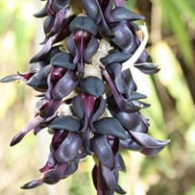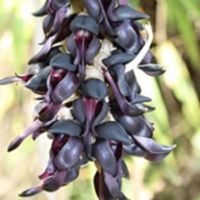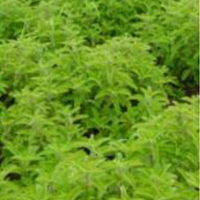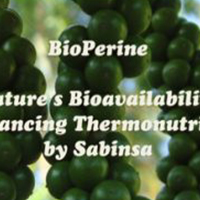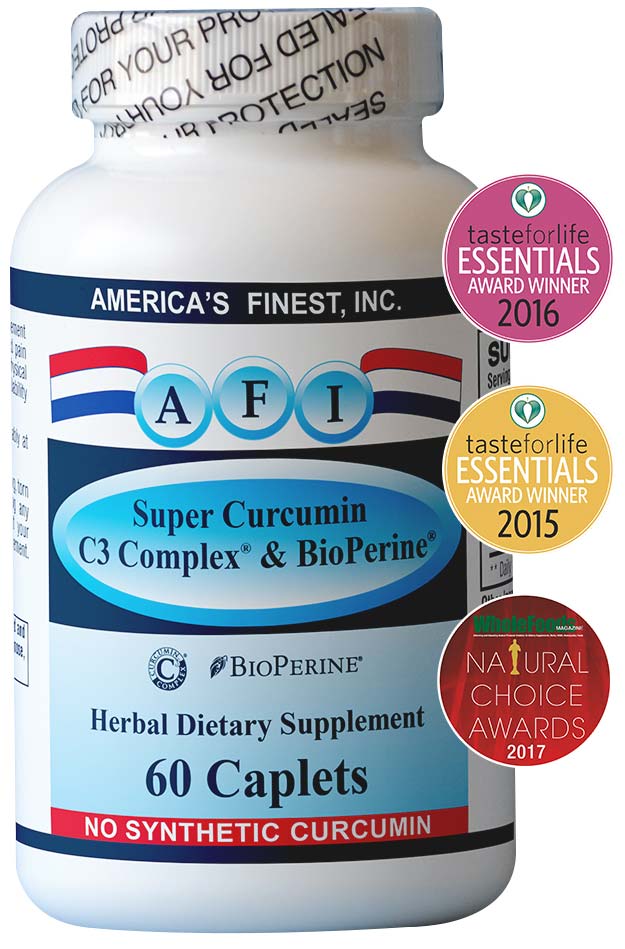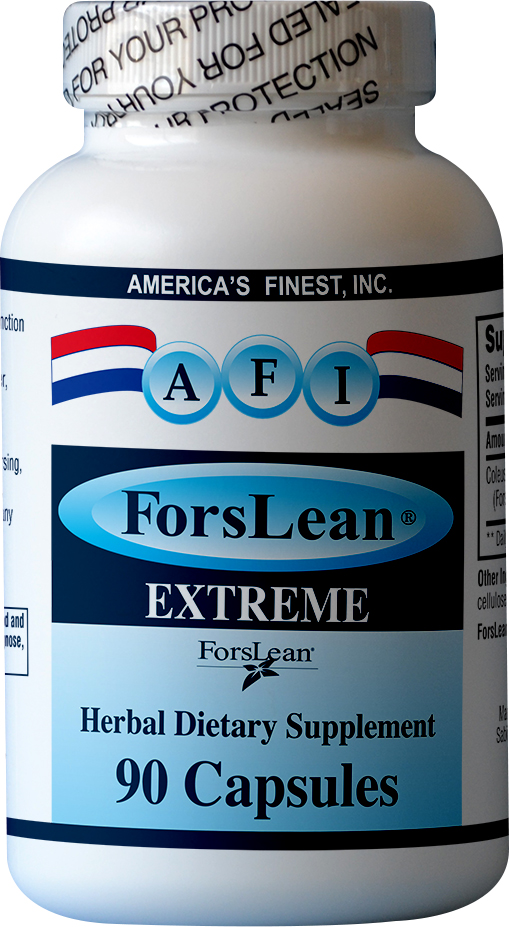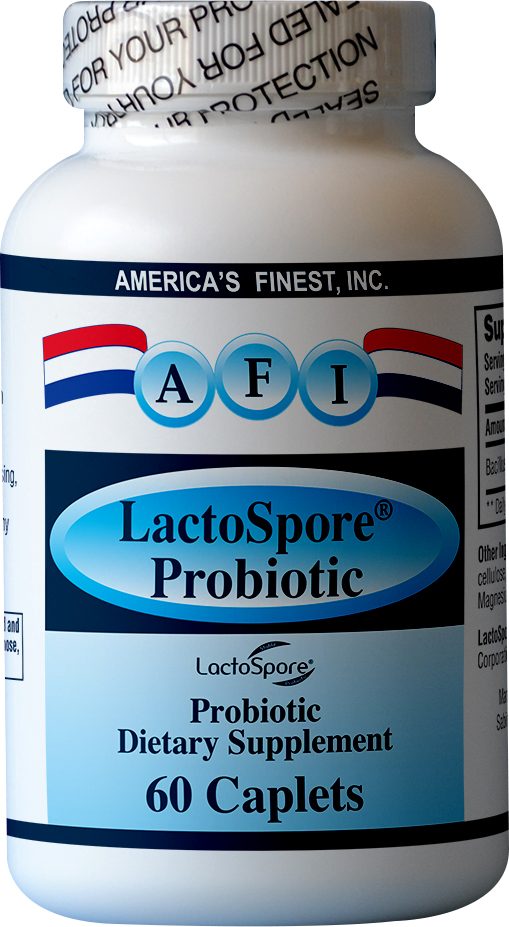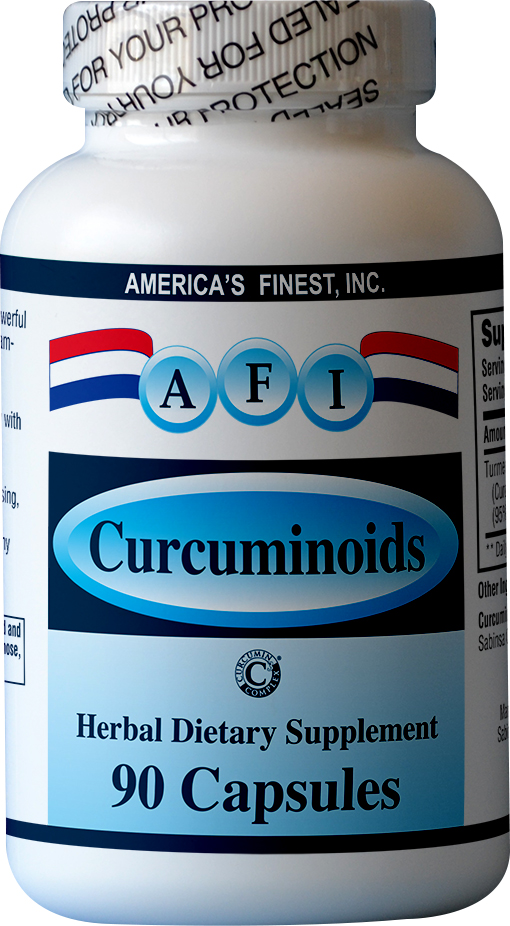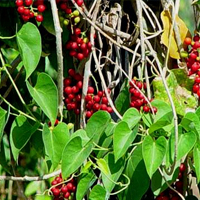Coleus Forskohlii is a unique extract that has shown promising results in enhancing lean body mass. Lean body mass is constituted by the muscles, vital organs, bone and bone marrow, connective tissue and body water. The percentage of lean body mass to fat not only determines the body’s aesthetic appearance, but more importantly, it is also an index of physical fitness, health status, susceptibility to disease and premature mortality. The use of a standardized root extract from Coleus forskohlii (Fam. Labiatae) may help to increase lean body mass and optimize body composition1.
Coleus forskohlii, a member of the mint family, is indigenous to Ayurvedic medicine. This species is a perennial herb with fleshy, fibrous roots that grows wild in the warm sub-tropical temperate areas in India, Burma and Thailand. In India, it is cultivated for use as a condiment.2 In recent years, Coleus forskohlii has gained recognition as the only known plant source of the diterpene, forskolin3. Forskolin is valued as an adenylate cyclase activator. Adenylate cyclase is the enzyme involved in the production of Cyclic Adenosine Monophosphate (cAMP), (a significant biochemical agent in metabolic processes) from the high energy molecule, ATP (Adenosine triphosphate). Nicknamed in literature as a “second messenger,” cyclic AMP facilitates the action of “primary messengers” or various hormonal and bioactive substances in the body. The role of cyclic AMP is indispensable to many body functions. It induces a chain of biochemical events that trigger the metabolic processes and diet induced thermogenesis,4 thereby providing the means to maintain a healthy body composition and lean body mass levels. The root material is the commercial source for forskolin.
Coleus forskohlii cultivation5:
Careful cultivation of the correct species of Coleus forskohlii plants enables optimizing the quality of root material for forskolin content.
Climatic requirements: C. forskohlii is a species native to subtropical and warm temperate habitats growing at 600-1800 m elevation on sun-exposed hill slopes and plateaus in arid and semi-arid climatic zones.
Soil requirements: The species grows well in loamy or sandy-loam soil with a pH of 6.4 to 7.9.
Herbaceous plant with annual stem and perenniel rootstock. The root material may be tuberous, semi-tuberous or fibrous depending upon the growth conditions. 1-500 g of root material could be obtained from a single plant. The forskolin content of the roots varies from 0.07%-0.58% of dry matter.
Pharmacological effects
Research carried out over the last few decades has revealed the multi-faceted pharmacological effects of forskolin. Most of these effects have been linked to the role of forskolin as an activator of adenylate cyclase8. Normally, cAMP is formed when a stimulatory hormone (e.g., epinephrine) binds to a receptor site on the cell membrane and triggers the activation of adenylate cyclase. The receptors in each cell are specific to the activating hormone. Forskolin appears to bypass the hormone-receptor interactions and activates adenylate cyclase. Adenylate cyclase activation induces a rise in intracellular cAMP levels9.
Health benefits of Coleus forskohlii Extract
Based on the pharmacological actions of forskolin, schematically represented in Figure 110, C. forskohlii appears to be well indicated in conditions where a decreased intracellular cAMP level is believed to be a major factor in the development of the disease process. Such conditions include eczema (atopic dermatitis), asthma, psoriasis, cardiovascular disorders, and hypertension. Recent studies report that forskolin functions through additional mechanisms of action, independent of its ability to directly stimulate adenylate cyclase and cAMP dependent physiological responses, such as the inhibition of a number of membrane transport proteins and channel. This results in the activation of other cellular enzymes, through signaling across the membranes9.
Spectrum of potential therapeutic activities of forskolin.
Animal model and clinical studies have validated the beneficial role of forskolin in asthma and other allergic disorders11-13. These conditions are characterized by a relative decrease in cAMP in the bronchial smooth muscle and skin respectively. As a result, mast cells degranulate and smooth muscle cells contract. The ability of forskolin to relax smooth muscle in bronchial asthma is most probably due to its role in increasing cAMP levels. In addition, other anti-allergic activities such as inhibition of histamine release/allergen synthesis are reported14.
The blood pressure lowering effects and platelet aggregation inhibitory action of forskolin are well described in literature. These actions translate to the beneficial role of forskolin in cardiovascular disorders15,16. Topical forskolin was found to significantly reduce intraocular pressure, in both animal model and clinical studies,17,18 indicating potential use in the management of glaucoma. A recent preliminary study revealed that intracavernosal forskolin in combination with other vasoactive agents is a safe and effective therapeutic approach in the management of vasculogenic impotence which is resistant to standard pharmacotherapy19. Another preliminary study reported the efficacy of forskolin in the management of psoriasis8. Yet another preliminary study that explored the possible psychoactive effects of intravenous forskolin in depressed and schizophrenic patients yielded promising results20.
Coleus forskohlii in the potentiation of lean body mass:
Epidemiological studies indicate that the impact of body composition on health starts early in life. The association between body mass and mortality in more than 100,000 U.S. women 30 to 55 years of age was evaluated. The lowest mortality rate was observed among women who weighed at least 15 percent less than the U.S. average for women of similar age and among those whose weight had been stable since early adulthood21. In a separate study, it was found that being overweight in adolescence predicted a broad range of adverse health effects that were independent of adult weight after 55 years of follow-up22.
The biochemical mechanism of maintaining or increasing lean body mass is related to the availability of cyclic AMP. By facilitating hormonal action, cyclic AMP may regulate the body’s thermogenic response to food, increase the body’s basic metabolic rate, and increase utilization of body fat (since thermogenesis is preferentially fueled by fatty acids derived from body fat and/or food). These events also correspond to the buildup of lean body mass.
Clinical Studies
ForsLean is Coleus forskohlii supplement and was tested in an open-field study with a population of six overweight women (BMI greater than 25)23. The tested formula was in the form of two-piece, hard shell capsules; each capsule contained 250 mg of the extract. The overweight, but otherwise healthy women, received the forskolin formula twice daily for eight weeks. Participants were instructed to take one capsule in the morning and one in the evening, half an hour before a meal. Each participant was asked to maintain her previous daily physical exercise and eating habits. In addition, physical activity was monitored based on a questionnaire before and during the trial.
During the eight week trial, the mean values for body weight and fat content significantly decreased, whereas lean body mass was significantly increased as compared to the baseline (Figure 2). The regimen did not adversely affect the systolic/diastolic blood pressure nor the pulse rate. Indeed, a trend towards lower systolic/diastolic pressure was observed during the course of treatment (Figure 3).
Based on the results of this preliminary study, Sabinsa recently obtained a U.S. patent for the weight-loss mechanism of ForsLeanÒ. Sabinsa Corporation was assigned a patent1 for the use of forskolin. The patent describes the use of a composition to promote lean body mass and treat mood disorders.
As mentioned previously, forskolin is known as a compound with versatile biological actions based on its ability to stimulate adenylate cyclase and cyclic AMP levels. Typically, an increase in cyclic AMP leads to subsequent activation of protein kinase. Protein kinase has been shown to activate the hormone sensitive lipase, involved in the breakdown of triglycerides, known as building blocks of fatty tissue24. The other factor relevant to the weight loss mechanism of forskolin involves its thyroid stimulating action, comparable in strength to thyrotropin or TSH25. The thyroid stimulating action of forskolin may also contribute to the increase in the metabolic rate and thermogenesis. Forskolin may also be involved in regulating insulin secretion26. Insulin, although well recognized for its metabolism of carbohydrates, is often overlooked as being involved with the metabolization of other macronutrients, i.e. fats and proteins, major contributors to body composition.
Dosage
Sabinsa’s preliminary clinical study with ForsLean showed that 25 mg of forskolin twice a day can improve overall body composition by increasing bulk from lean body mass while decreasing bulk due to body fat. Thus, the use of forskolin helps to maintain healthy body composition rather than to induce weight loss. In view of this finding, forskolin could potentially benefit not only overweight people but also those individuals who are actively involved in athletic training /body building and seeking to attain a higher lean body mass to body fat ratio.
Safety aspects and Contraindications
Animal model studies conducted on forskolin reported an extremely low order of toxicity for this active compound9,27. The acute LD50 values for forskolin in the mouse and rat models are (105 mg/kg i.p. & 3,100 mg/kg per oral) and (92 mg/kg i.p. & 2,550 mg/kg per oral), respectively28. Although no major side effects have been reported, C. forskohlii should be avoided by gastric ulcer patients and low blood pressure cases. It should be used with caution by those on prescription medications, especially anti-asthmatics and anti-hypertensives since C. forskohlii may potentiate the effects of these prescription drugs27.
Forskolin supplementation thus represents a safe nutritional measure to increase lean body mass and enable maintenance of healthy body composition. In this context, body mass index (BMI), attained by dividing body weight in kilograms by the square of the height in meters is a reliable indicator of healthy body composition. The BMI norm is between 18 and 25 kg/m2. A value over 25 puts a person in the overweight category, and values greater than 30 correspond to varying degrees of obesity.
References:
- S. Patent #5,804,596, dated September 8, 1998 “Method of preparing forskolin composition from forskolin extract and use of forskolin for promoting lean body mass and treating mood disorders”
- Bruneton, Jean. (1995) Coleus forskohlii in Pharmacognosy, Phytochemistry, Medicinal Plants, Lavoisier publishing Company, 521.
- de Souza, N.J. (1991) Coleus forskohlii– The Indian plant source for forskolin. Recent Advances in Medicinal, Aromatic & Spice crops, (ed: S..P. Raychaudhuri.) Today and Tomorrow’s printers and Publishers, New Delhi, India, Vol I: 83-91.
- Palou, A. , et al. (1998) The uncoupling protein, thermogenin. Int. J. Biochem. Cell Biol., 30(1):7-11.
- Shah, V. and Kalakoti, B.S. “Development of Coleus forskohlii as a medicinal crop” Proceedings of the International Conference on Domestication and Commercialization of Non-Timber Forest Products in Agroforestry Systems, hosted by ICRAF, held in Nairobi, Kenya, from 19 to 23 February 1996.
- Tandon, J.S. et al. (1977) J. Chem., 15B : 880-883.
- B., et al. (1989) Minor diterpenoids of Coleus forskohlii Phytochemistry, 28(3):859-862.
- Ammon, H.P.T. and Muller (1989) Forskolin: from an Ayurvedic Remedy to a Modern Agent Planta Medica. Vol 51, 475-476.
- Murray, M.T. (1995) The unique pharmacology of Coleus forskohlii. Health Counselor 7(2): 33-35.
- Rupp, R.H. et al. ed. (1985) Forskolin: Its chemical biological and medical potential. Proc of the International Symposium, Hoechst India Ltd, Bombay.
- Bauer, K. et al. (1993) Pharmacodynamic effects of inhaled dry powder formulations of fenoterol and colforsin in asthma. Pharmacol. Ther. 53:76-83.
- Lichey J et al. (1984) Effect of forskolin on methacholine-induced bronchoconstriction in extrinsic asthmatics. The Lancet: July 21:167.
- Kreutner, W. et al. (1985) Bronchodilator and antiallergy activity of forskolin. J. Pharmacol. 111:1-8.
- Marone, G. et al. (1986) Forskolin inhibits release of histamine from human basophils and mast cells. Agents and Actions, 18(1/2): 96-99.
- Lindner E, et al. (1978): Positive inotropic and blood pressure lowering activity of a diterpene derivative isolated form Coleus forskohli: forskolin. -Forsch 28:284-9.
- Dubey MP, et al. (1981) Hypotensive diterpene form Coleu forskohlii.. J Ethnopharmacology 3:1-13,
- Peng, T. et al. (1992) The experimental studies of the effect of forskolin on the lowering of intraocular pressure. Yen Ko Hseu Pao, 8(4):152-155.
- Meyer BH, et al. (1987) The effects of forskolin eye drops on intraocular pressure. S Afr Med J 71(9): 570–571.
- Mulhall, J.P. et al. (1997) Intracavernosal forskolin: role in management of vasculogenic impotence resistant to standard 3-agent pharmacotherapy. Urol. 158(5):1752-9.
- Bersudsky Y et al. (1996) A preliminary study of possible psychoactive effects of intravenous forskolin in depressed and schizophrenic patients. J Neural Transm. 103(12):1463-7
- Stevens, J. et al. (1998) The body mass index-mortality relationship in white and African American women. Res., 6(4):268-77.
- Must, A. (1996) Morbidity and mortality assoiated with elevated body weight in children and adolescents. J. Clin. Nutr. 63(3 Suppl):445S-4447S.
- Research Report, Sabinsa Corporation, 1999.
- Allen, D.O. et al. (1986) Relationships between cyclic AMP levels and lipolysis in fat cells after isoproterenol and forskolin stimulation. The Journal of Pharmacology and Experimental Therapeutics. 238(2): 659-664.
- Haye, B. et al. (1985) Chronic and acute effects of forskolin on isolated thyroid cell metabolism. Molecular and Cellular Endocrinology. 43:41-50.
- Yajima H. et al (1999) cAMP enhances insulin secretion by an action on the ATP-sensitive K+ channel-independent pathway of glucose signaling in rat pancreatic islets. Diabetes 48(5):1006-12
- American Botanical Council. Coleus Forskohlii HerbClip May 1, 1997.
- Agarwal, K.C. and Parks, R.E. (1983) Forskolin: A potential antimetastatic agent. J. Cancer 32: 801-804.
